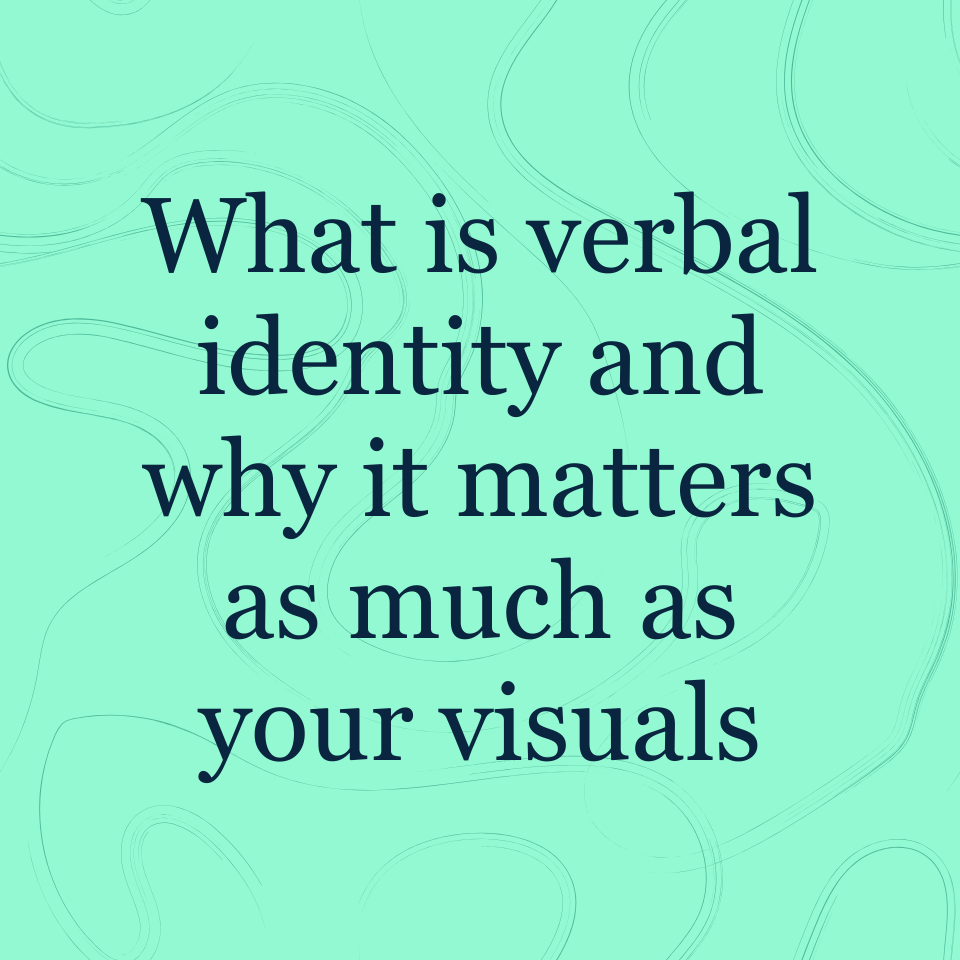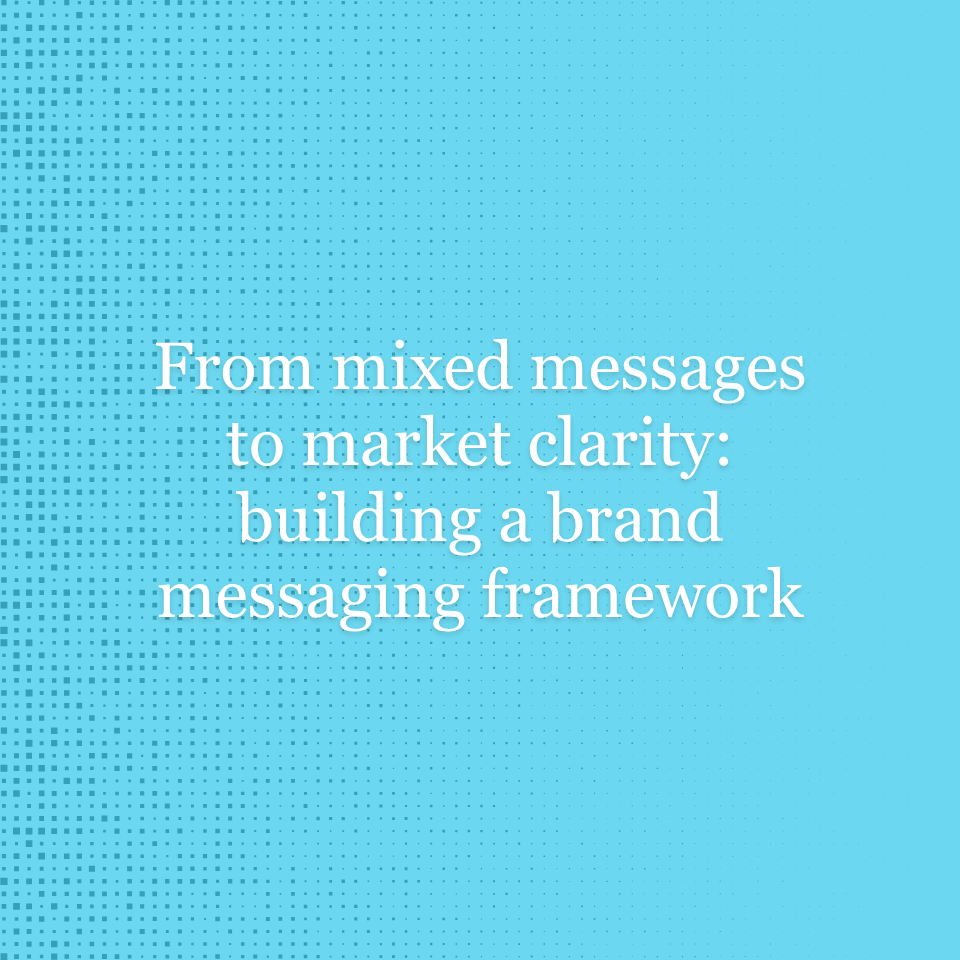Seattle’s flag is bad. Sorry, Seattle. I love my adopted city, but not the flag it adopted.

Designed in 1990 when Seattle was hosting the Goodwill Games, the current flag breaks many of the rules of good flag design. It’s too complex to re-create or remember easily, and while it does include meaningful symbolism (the image of our city’s namesake, Chief Sealth) it also features writing. It actually says the name of the city on it. If you must write out what your symbol means, the symbolism has failed. It’s not a well-designed flag.
Others have noticed this. The Stranger and the Seattle Times have each made unofficial calls for new flag designs. Hundreds of designs and thousands of votes were collected. There’s an obvious appetite to revisit our city’s flag, but many still ask “why?” Why do flags even matter?
Flags matter because they show us how design affects identity. Brands – and cities – everywhere should take note.
Good design creates a feedback loop
Design and identity exist in a feedback loop. When people resonate with an identity, they want to showcase it (i.e. fly a flag). When they showcase it, it reinforces that identity (i.e. city pride). This creates even more desire to showcase that identity and thus the loop continues. A well-designed flag is more likely to be flown in the first place, therefore making a greater contribution to this process from the beginning.
What makes a good flag in the first place?
A good flag follows the rules of vexillology. Yes, there’s a word for the study of flags and it’s a mouthful. The North American Vexillological Association (NAVA)’s five design rules are as follows:
- Keep it simple. The flag should be so simple that a child can draw it from memory.
- Use meaningful symbolism.The flag’s images, colors or patterns should relate to what it symbolizes.
- Use two or three basic colors.Limit the number of colors on the flag to three that contrast well and come from the standard color set.
- No lettering or seals.Never use writing of any kind or an organization’s seals.
- Be distinctive or be related. Avoid duplicating other flags but use similarities to show connections.
The sign of a successful design is when people want it on things they own. Think of the Cascadia flag – a common sight in the Pacific Northwest.

The Cascadia flag is more prominent than Seattle's current flag. You'll see it on cars and waving from porches. But never the Seattle flag. Why is that? Obviously regional pride for the PNW, but also the lack of a distinctive, well-designed flag for Seattle. The Cascadia flag arguably breaks rule number one – it would be very hard to recreate that tree freehand – but it’s head and shoulders above the current Seattle flag.
Another great example of design is the flag of Chicago. It’s one of the best flags, period.

It’s flown everywhere and is a huge source of city pride. It’s flown from buildings and ball parks. Local brands use the distinctive stars and tattoo artists constantly get requests for it. Even police officers’ coffins are draped in the city’s flag.
All of this local pride is empowered by a symbol so well-designed it has created a feedback loop of meaning. It’s distinct, it uses three colors, it’s easy enough even a child could draw it, and it has meaningful symbolism. Chicago has built itself an effective brand in part by giving people something well-designed to rally behind.
Seattle can learn from Chicago
Seattleites aren’t rallying behind their flag. They aren’t instilling it with the meaning that creates that crucial design-identity loop. They aren’t flying it from their porches or wearing on their hats. In fact, they’ve probably never even seen it because its poor design has been hidden from public view.
Roman Mars, who kicked off a wave of flag redesigns with his 2015 Ted Talk outlines the dangers of bad flag design: “We could control the branding and graphical imagery of our cities with a good flag, but instead, by having bad flags we don’t use, we cede that territory to sports teams…”. Just think of all the “12th man” flags on cars and porches that act as a stand in for our city’s identity.
If done well, a flag could represent a city to its people, and its people to the world. A well-designed symbol can show how the city itself views all its design systems: for example, it’s public transit and parks. As Seattle moves into the future and the country becomes more design aware, it’s important to understand what messages we’re sending. Are we a city that values good design, or not?
So, we beg of you, Seattle: reconsider the flag. Sure, it takes time and effort to instill any flag design with the type of meaning that good flags have. But we need to start somewhere.
A great city deserves a great flag. And a great flag starts with good design.
If your brand is looking for a visual identity to rally behind, give us a call or shoot us an email. We promise not to bore you with too much more flag talk. Well, maybe just a little.

Adam Shigem | Senior Strategist




